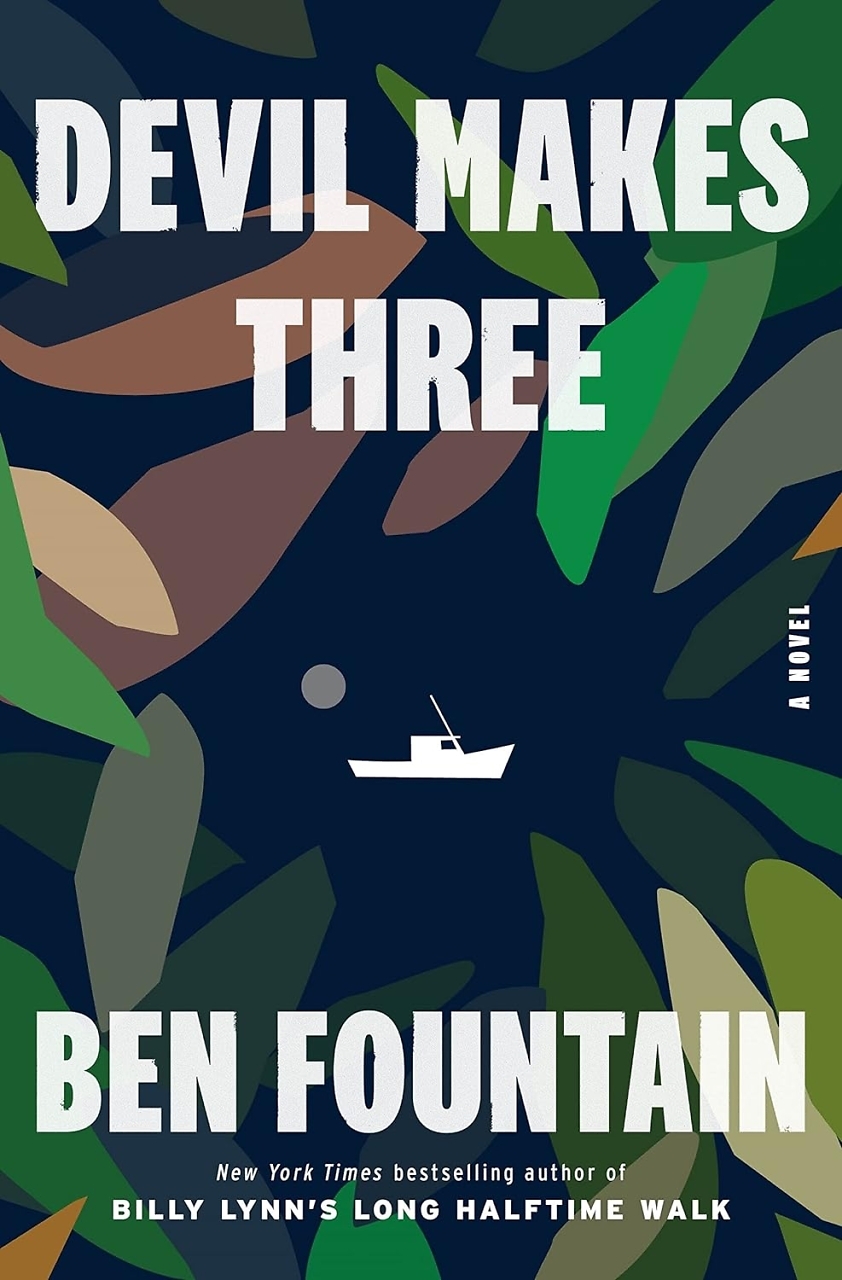To Inhabit the World When the Music Stops
In The Weight of a Piano, Chris Cander links the lives of two women through their love of a rare piano
“The Blüthner carried the memory of every note it had ever created,” writes Chris Cander. “It had absorbed all the grief and longing and joy and exultation expressed through its action, the impression of every touch and every tear shed at its keyboard.” In The Weight of a Piano, Cander delivers the tale of a journey spanning generations and continents, a tragic love story, and a powerful meditation on the power of music—and of silence.

Cander begins The Weight of a Piano with a reverent description of the creation of an extraordinary instrument, going all the way back to the forest where grew the trees from which its boards were cut. An aging Klavierbaumeister—Julius Blüthner, namesake of the world-famous piano-manufacturing company—wanders alone in a snowy spruce forest high in the Romanian mountains. “Blüthner nodded to the young trees as he passed, occasionally brushing their bark in greeting. He sought the older ones, whose branches he couldn’t reach. … He knocked them with his walking stick, and pressed his ear against them as his intuition dictated, listening for the music hidden inside.”
Cander’s premise is both ambitiously sprawling and shrewdly focused. In a style somewhat reminiscent of the Canadian film The Red Violin (1998), Cander follows the journey of a musical instrument across time and broad distances, toggling back and forth between past and contemporary settings. The novel’s troubled, damaged heroines—Katya and Clara—are separated at the story’s outset by continents and generations but united by their shared attachment to the piano. The plot follows the upright Blüthner’s travels from a cramped apartment in Soviet-era Leningrad into the possession of an unlikely auto mechanic in contemporary Bakersfield, California. The novel’s heart and soul, however, reside in the emotional journeys of the women who love the piano.
 Cander constructs her story precisely, expertly plotting the piano’s path and establishing resonant parallels between Katya and Clara. Both women are victims of trauma—one broken by grief; the other scarred but ultimately more resilient. Katya inherits the piano as a child from a suicidal neighbor during the bleakest years of the Cold War. She grows up to become a concert pianist, connects with a dubious ballet dancer named Boris, and falls for Mikhail, a “Refusenik” who gets her pregnant, marries her, and persuades her both to part with her beloved piano and to flee the failing Soviet Union for the United States.
Cander constructs her story precisely, expertly plotting the piano’s path and establishing resonant parallels between Katya and Clara. Both women are victims of trauma—one broken by grief; the other scarred but ultimately more resilient. Katya inherits the piano as a child from a suicidal neighbor during the bleakest years of the Cold War. She grows up to become a concert pianist, connects with a dubious ballet dancer named Boris, and falls for Mikhail, a “Refusenik” who gets her pregnant, marries her, and persuades her both to part with her beloved piano and to flee the failing Soviet Union for the United States.
When he ends up a cab driver instead of a mechanical engineer, Mikhail turns to vodka and both emotional and physical abuse. Katya miraculously recovers her piano, but a new career as a piano teacher opens unexpected doors.
Clara receives the piano as a gift from her father, just a short while before her parents’ unhappy marriage ends in a house fire that takes both of their lives. Clara moves from Los Angeles to Bakersfield and is taken in by her aunt and uncle, a mechanic who teaches her the trade. Though she rarely plays it, the piano becomes Clara’s sole means of connection to the memory of her father. When an injured wrist sidelines her, she impulsively puts the piano up for sale online. She changes her mind, but before she can remove the listing, a mysterious buyer contacts her, setting in motion the machinery of plot which draws the disparate lives of Cander’s heroines together.
Painstakingly researched, The Weight of a Piano entrances with rich detail and flourishes of authenticity, from letters written in Russian and printed in Cyrillic script to original sheet music composed by Clara. Cander’s themes run a broad gamut, from the search for love and the complications of marital infidelity to the consequences of childhood trauma and the plight of refugees fleeing a hopeless life. The most enduring theme, however, is the power of art to redeem heartbreak and to provide consolation and, in some cases, hope.

Ed Tarkington holds a B.A. from Furman University, an M.A. from the University of Virginia, and a Ph.D. from the creative-writing program at Florida State University. His debut novel, Only Love Can Break Your Heart, was published by Algonquin Books in January 2016. He lives in Nashville.


